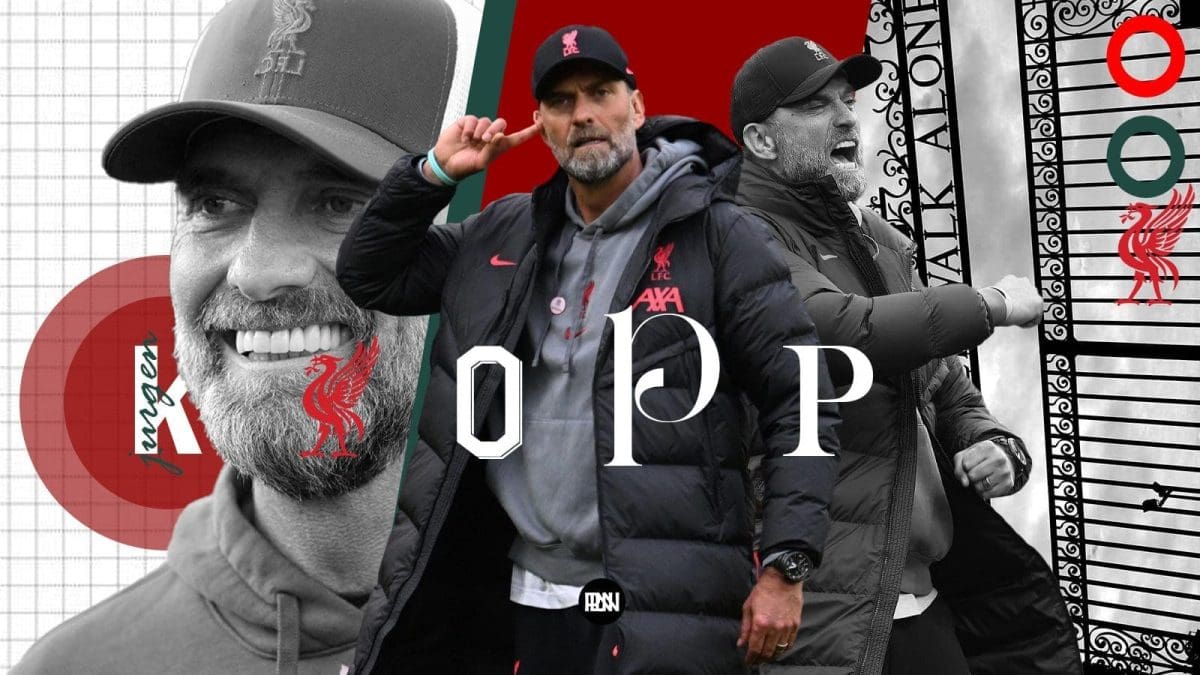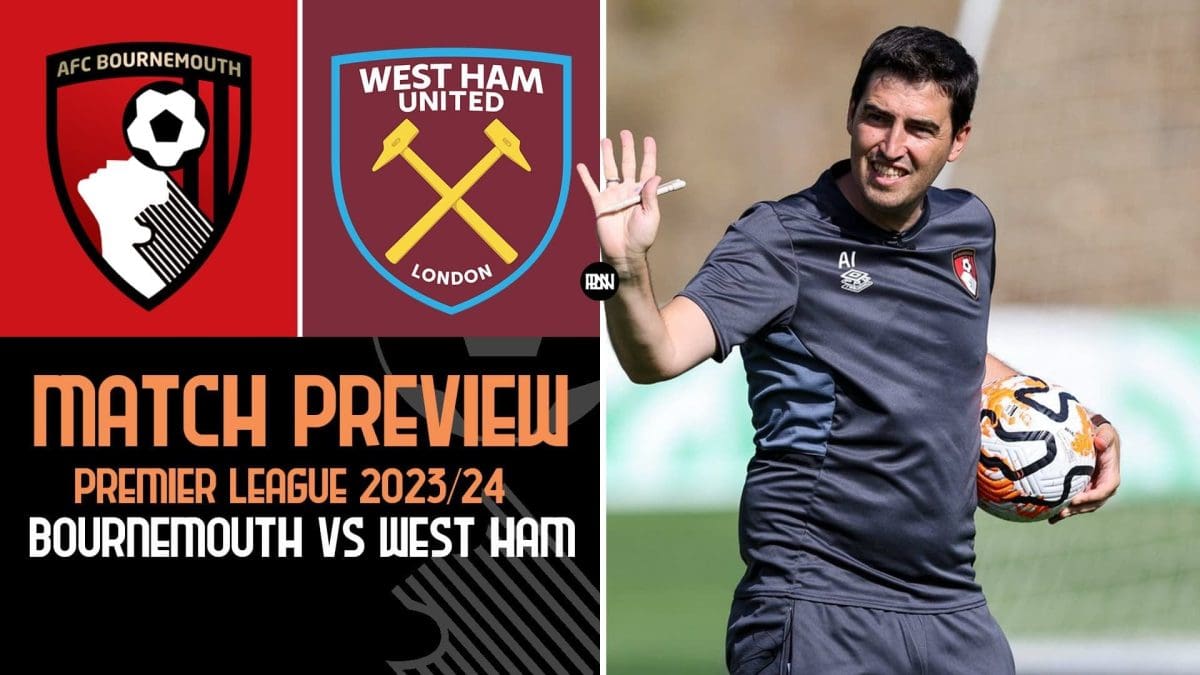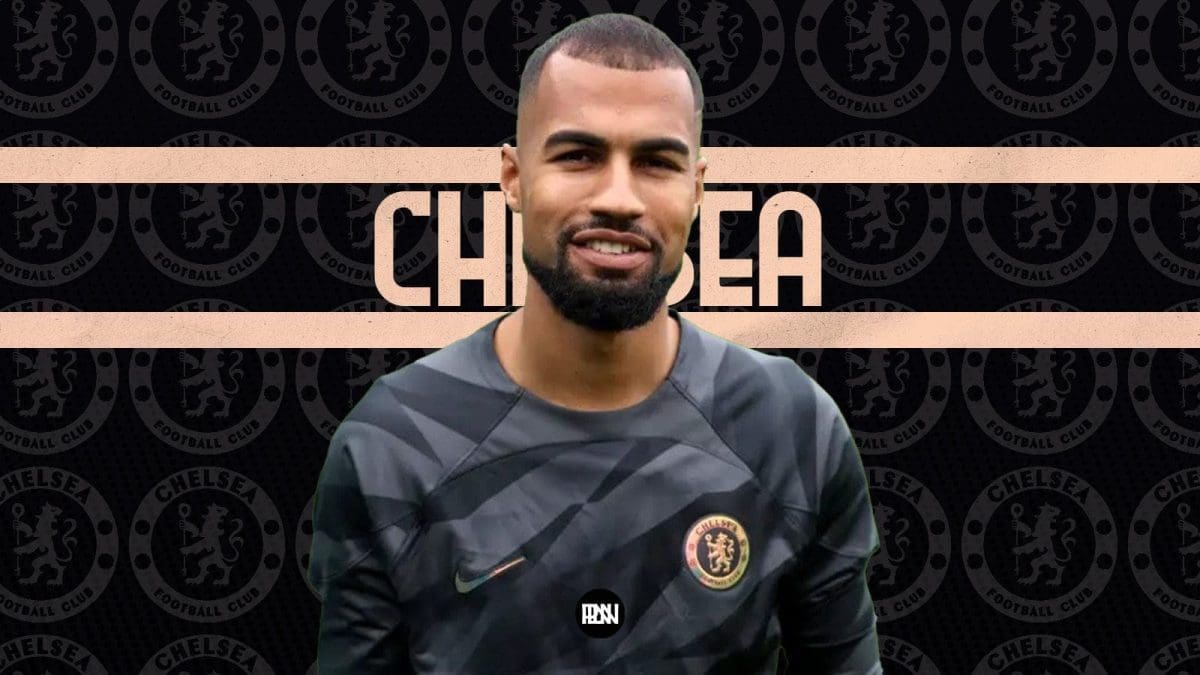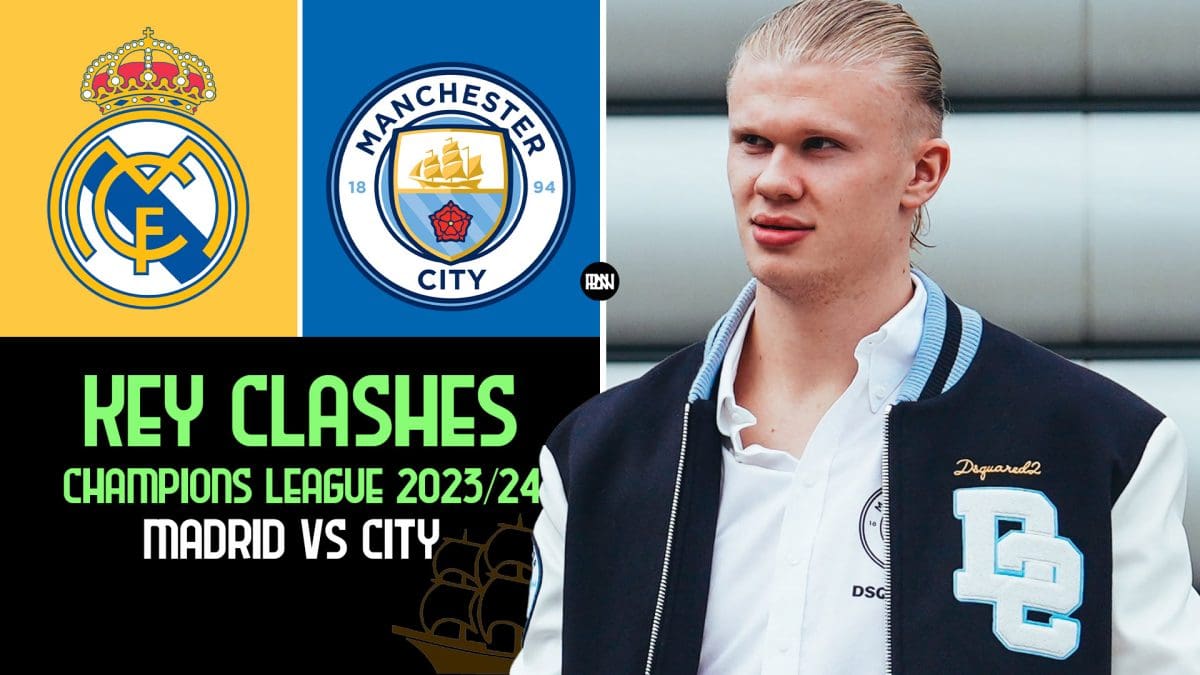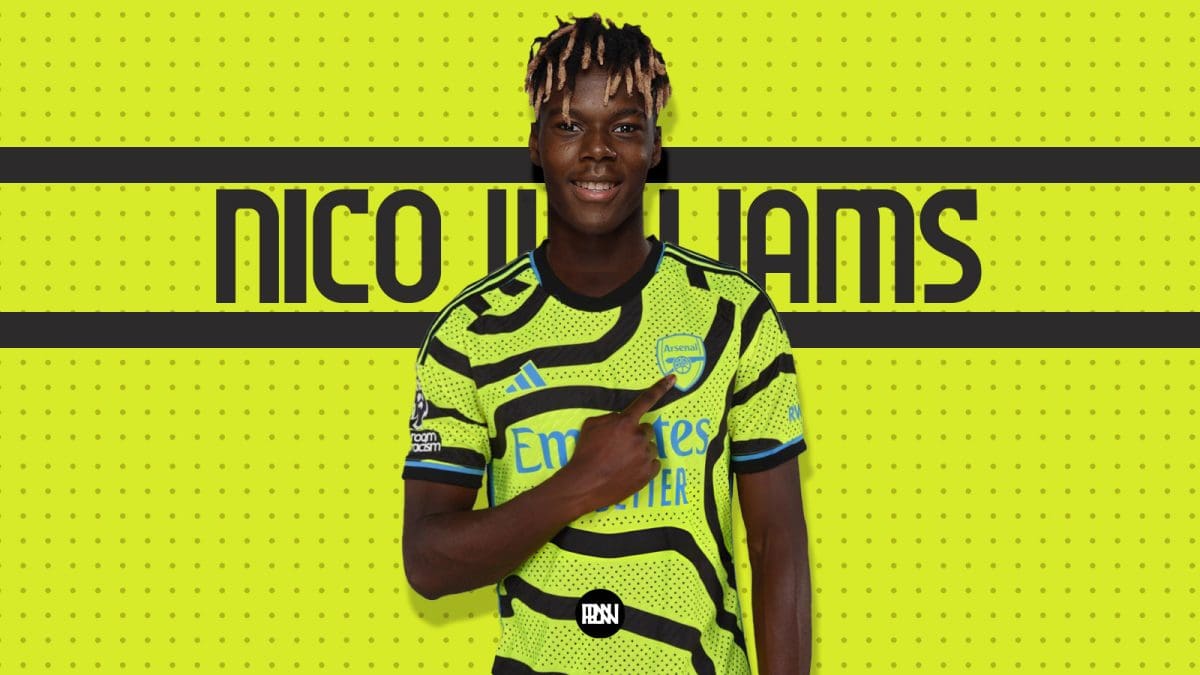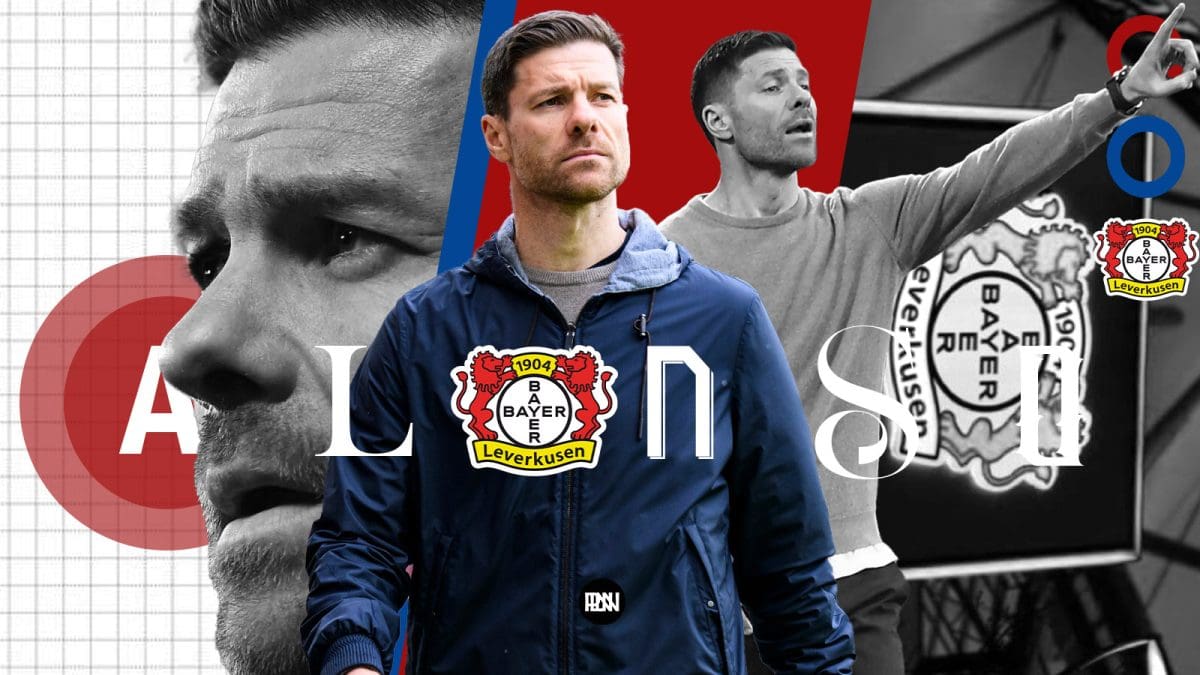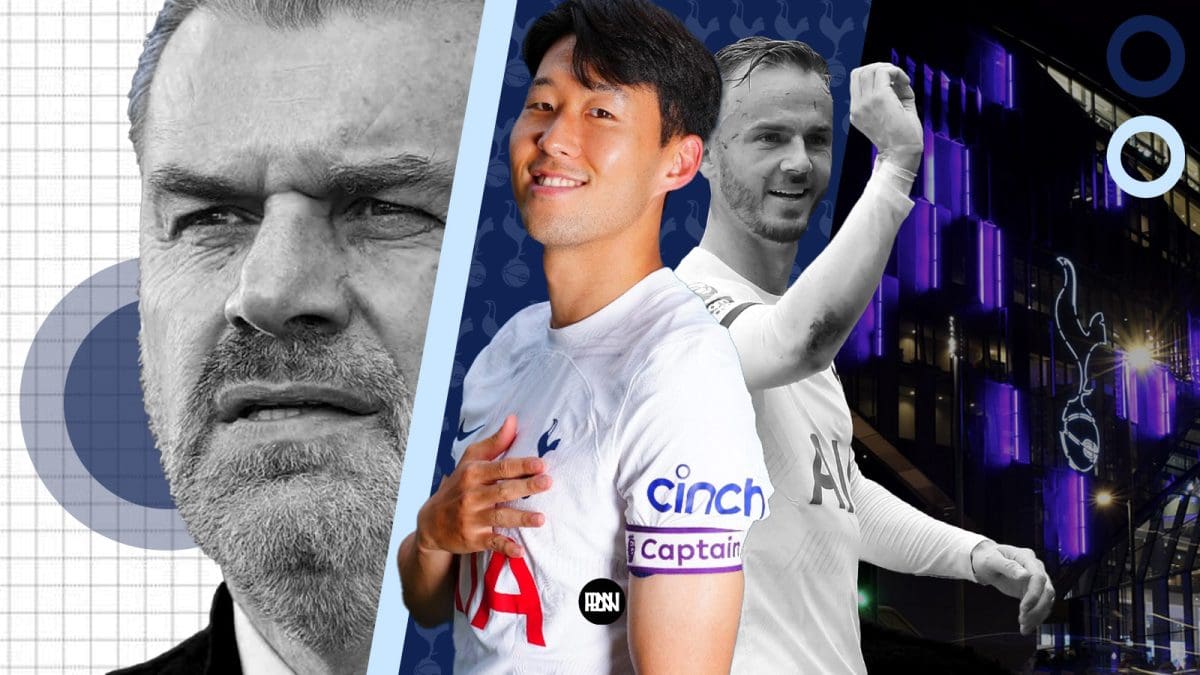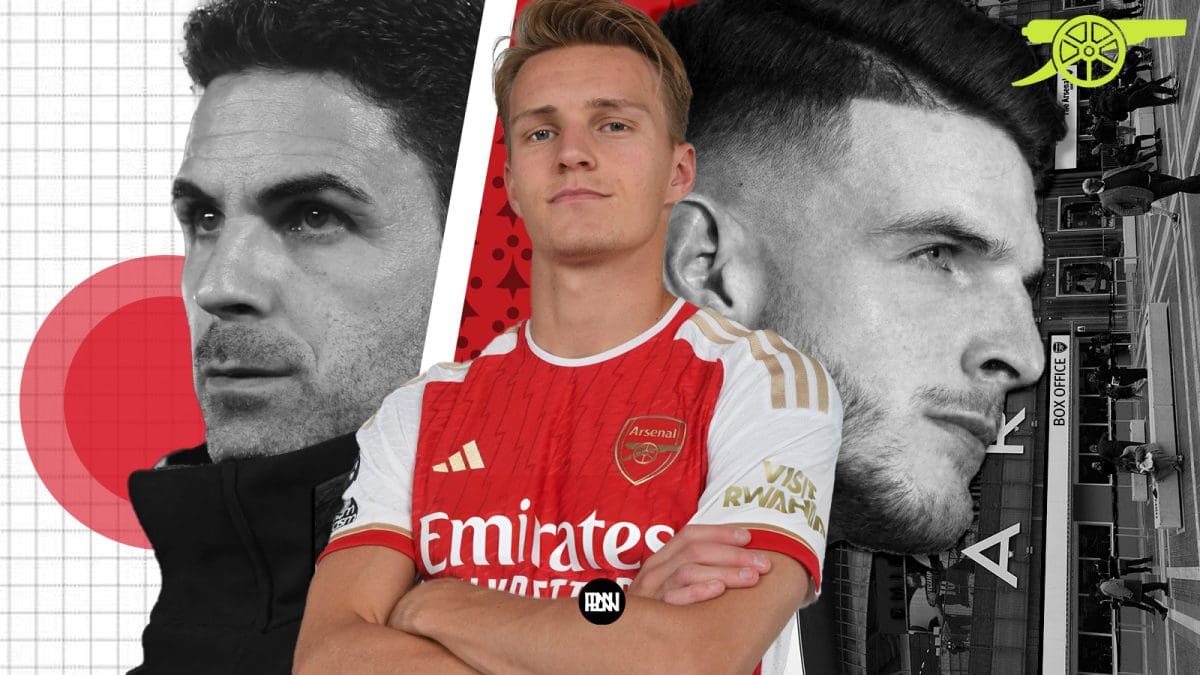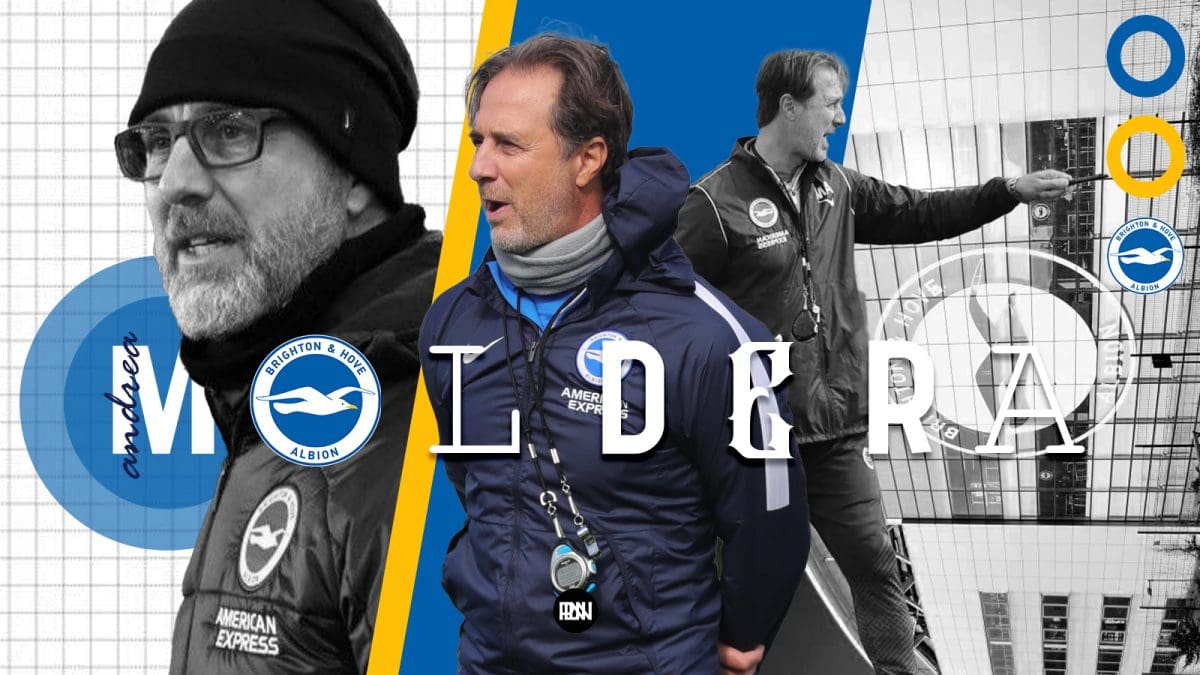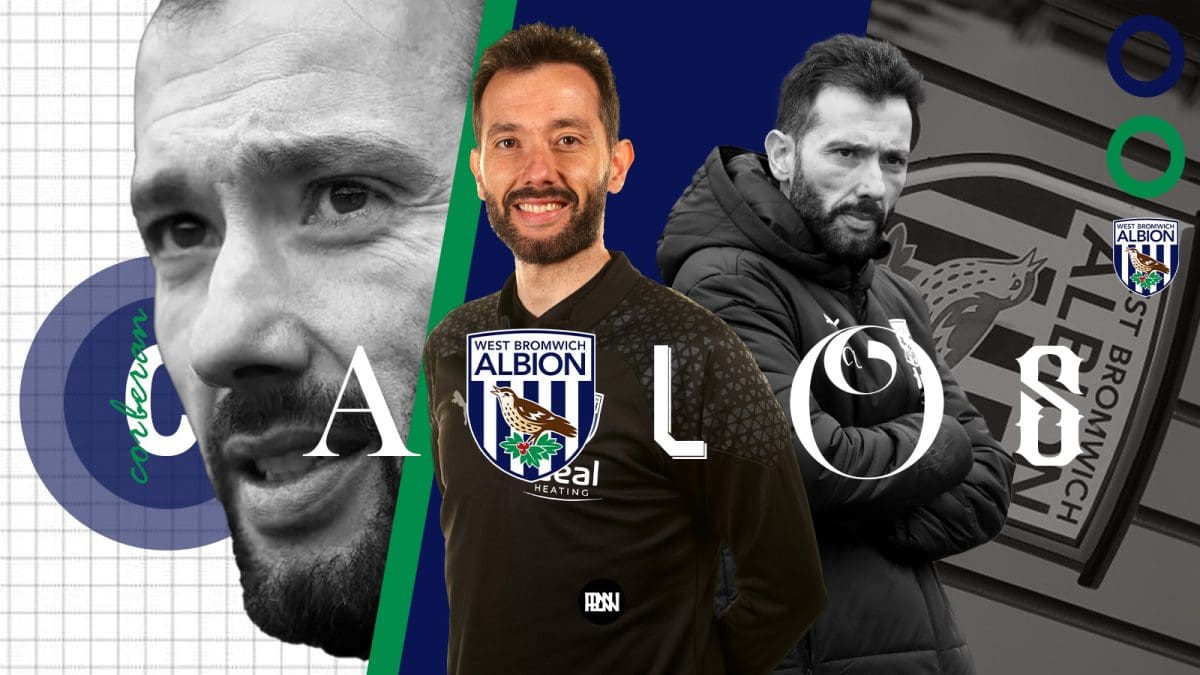Jurgen Klopp, the brilliant mastermind behind Liverpool’s success, has always been known for his tactical acumen and ability to adapt to new challenges. In the 22-23 season, Liverpool faced setbacks, exposing the fragility of the team in terms of skill, age, mentality, and tactical versatility. However, Klopp’s resilience and innovative thinking led to the introduction of a new system that revitalized the team. In this article, we will delve into the details of Klopp’s new system, exploring its key components, tactical nuances, and the potential it holds for Liverpool’s evolution.
Klopp’s Variation: Inspired by the Past
Klopp’s new system, implemented in the final 11 games of the last season, is a variation of a tactic utilized by managers like Pep Guardiola and Mikel Arteta. This approach draws inspiration from an old tactical shape called the W-M shape, which was developed to counter the offside rule when it was introduced in football. The W-M shape consists of five players in the defensive half forming an M shape and another five in the offensive half forming a W shape. Despite the similarities, a closer look reveals notable differences between Klopp’s approach and that of Guardiola and Arteta.
Compact and Rigid Offensive Setup

The key disparity lies in the way Klopp’s offensive line operates when in possession. The W-shaped offensive setup adopts a compact and rigid structure, allowing Liverpool to press aggressively and disrupt their opponents’ control of the game. This cohesion also enhances the fluidity of Liverpool’s build-up play, as the two ball carriers behind the three forwards in the W shape can interchange positions seamlessly, making their attacking moves unpredictable.
Jurgen Klopp emphasizes the need for every player to take responsibility on and off the ball. After a challenging previous season, he’s on fire to rectify and overcome the hurdles this time around! ⚽️ #KloppRevolution #TeamResponsibility #NewSeasonGoals
️Liverpool FC pic.twitter.com/OkBw1JlPnw
— Prof. Pedro Mendonça (@PedMenCoach) August 9, 2023
Transformation in Defence
When out of possession, Klopp’s W-M shape transforms into a 4-4-2 formation. Trent Alexander-Arnold, who plays as an inverted right back in possession, reverts to his traditional right-back role, while the left-sided centre-back shifts to the position of a traditional left back. This adjustment ensures a solid last line of defense, with the rest of the midfield forming another defensive line in front. The transformation into this shape allows Liverpool to maintain compactness through the middle and facilitates quick transitions, enabling the two forwards to remain high up the pitch even when without the ball.
Trent Alexander-Arnold had 153 touches vs. Leeds last night, the second-most of any player in a Premier League game this season pic.twitter.com/cqtDWsXc6S
— Opta Analyst (@OptaAnalyst) April 18, 2023
Crucial Components: The Rest Defence and Compactness
The rest defence, represented by the M shape, plays a pivotal role in Klopp’s new system. Let’s examine its significance and how it contributes to Liverpool’s defensive solidity.
M-Shaped Rest Defence

In the M-shaped rest defence, Fabinho and Trent Alexander-Arnold act as the front covers, while Robertson, Van Dijk, and Konate serve as the back covers. This configuration ensures that even in the event of losing possession, Liverpool maintains a defensive line of three at the back. Additionally, players like Konate and Robertson possess the speed and agility to press and cover ground, providing support when Fabinho or Trent fail to cover their positions. The M shape guarantees compactness and concealment, making it challenging for the opposition to break through Liverpool’s defensive structure.
Compactness and Quick Transition
The compactness established by the rest defence system proves invaluable when facing opponents’ pressing. Liverpool always has at least one free player to receive the ball and initiate a swift transition. This allows them to maintain control and progress up the pitch, even under intense pressure.
Tweaking for Success: The Box Midfield
To ensure the success of Klopp’s new system, a compatible and versatile box midfield is crucial. Let’s explore the key considerations and adjustments required for this midfield setup.
The Rectangular Box
In Liverpool’s shape, Fabinho and Trent Alexander-Arnold serve as the pivot, while Harvey and Jones act as the ball carriers within the 2-2 rectangular box. Recent acquisitions in the summer transfer window, Szoboszlai and Mac Allister, are expected to replace Harvey and Jones, representing a significant improvement. However, their adaptation to the system remains essential.
We have completed the signing of Dominik Szoboszlai from RB Leipzig, subject to a work permit ✍️
— Liverpool FC (@LFC) July 2, 2023
Maintaining Compactness and Rigidity
For the system to thrive, all four midfielders within the box must ensure a close distance between them, preserving the compactness and rigidity discussed earlier. The two ball carriers must also be willing to drift wide when Salah or Diaz make attacking runs inside. Additionally, the inverted full-back, typically Trent Alexander-Arnold, must adjust their position based on the opposition’s structure, preventing overloads on the wings from becoming problematic for Liverpool.
The Future: Evolving and Reaching New Heights
By embracing the new shape, Klopp has already enhanced Liverpool’s performance significantly. However, the potential for improvement remains immense, especially with the right players who fit the profile of the system. This evolution not only keeps things fresh and exciting for the team but also presents new tactical challenges to overcome. If Liverpool can implement the necessary tweaks and adapt accordingly, the sky is the limit for this new-look team.
Conclusion
Jurgen Klopp believes it all starts with an Idea. An idea of how we want to play, respond, and strike back. The headline is, we must do better and do more, once again. High intensity on the training pitch.⚽️ #KloppPhilosophy #IntensityUnleashed
️Liverpool FC pic.twitter.com/puhtPLJoTY
— Prof. Pedro Mendonça (@PedMenCoach) August 9, 2023
Jurgen Klopp’s introduction of a new system at Liverpool demonstrates his unwavering commitment to innovation and tactical flexibility. By incorporating elements from the W-M shape, Klopp has crafted a compact and versatile system that allows Liverpool to excel in both attack and defense. The rest defence and box midfield play crucial roles in this evolution, ensuring defensive solidity and facilitating quick transitions. With the right adjustments and the continued evolution of the team, the future looks incredibly promising for Klopp’s Liverpool.
MUST READ:
– Ange Postecoglou’s Tactical Vision & Philosophies
– The Bielsa Way: Architect of High-Intensity Football
– The Roberto De Zerbi Revolution
– The Art of Resilience: Sean Dyche’s Blueprint for Success
– Unai Emery’s Coaching Methodology and Philosophy


